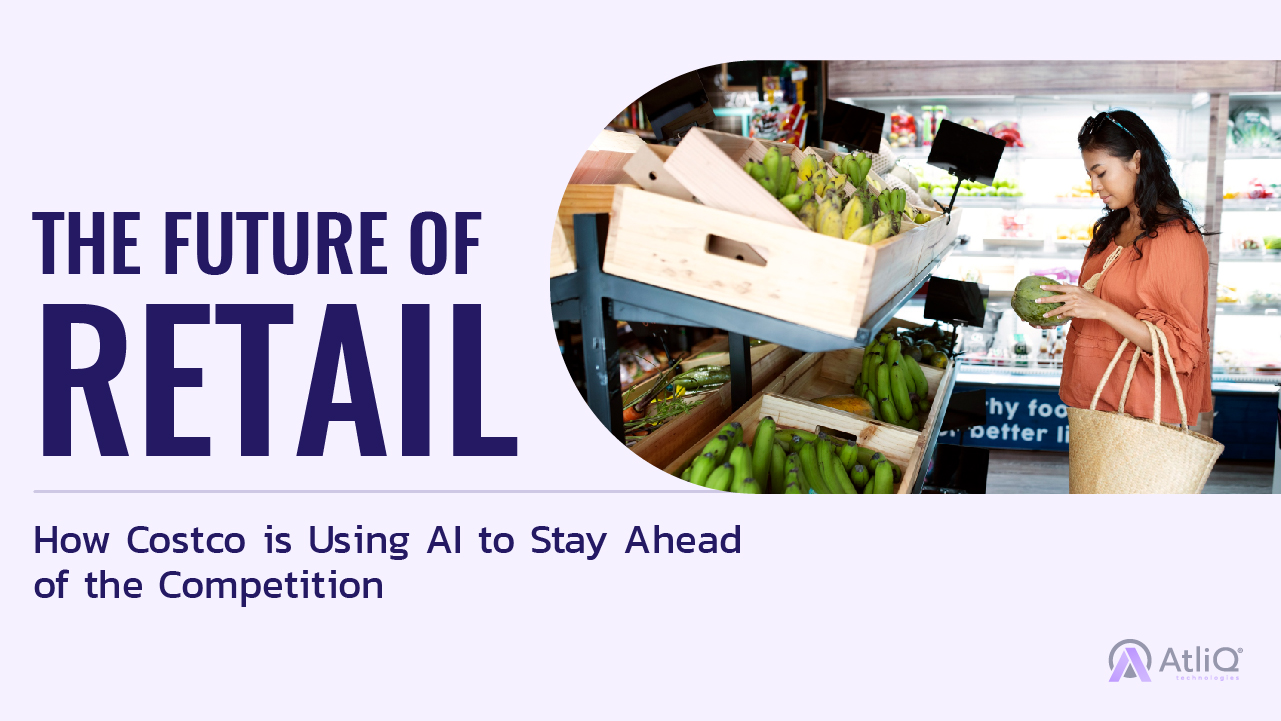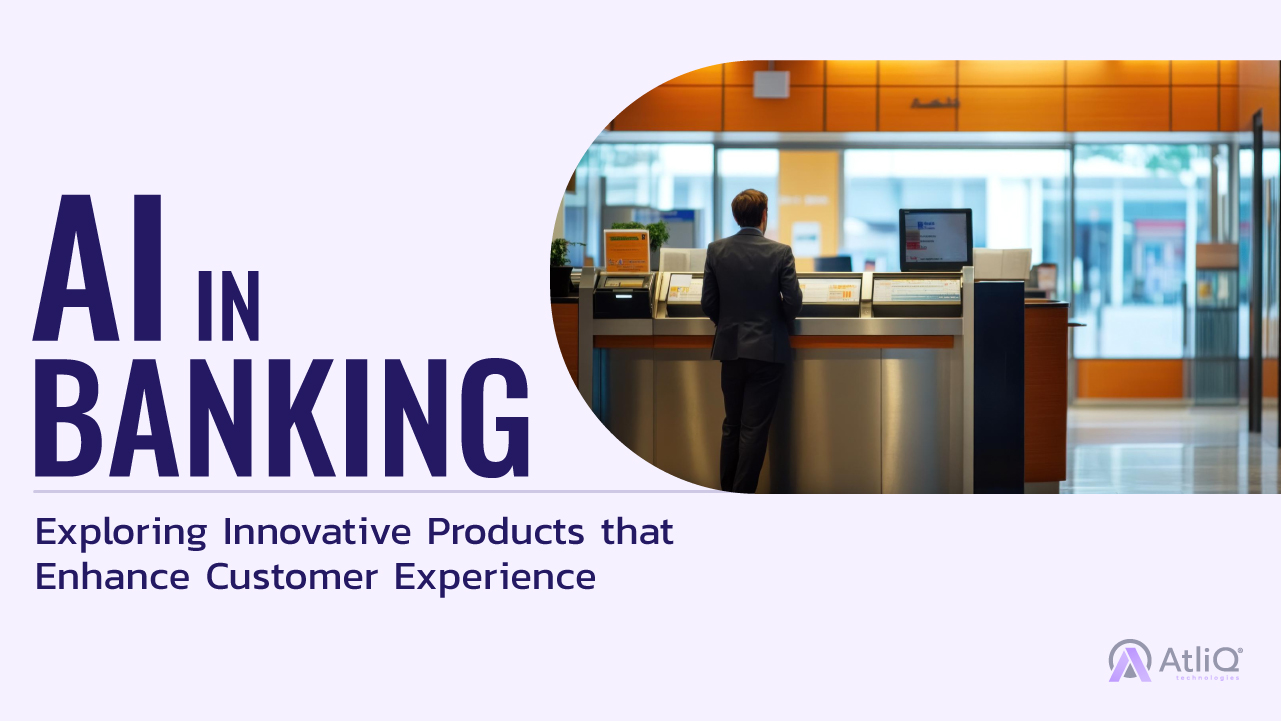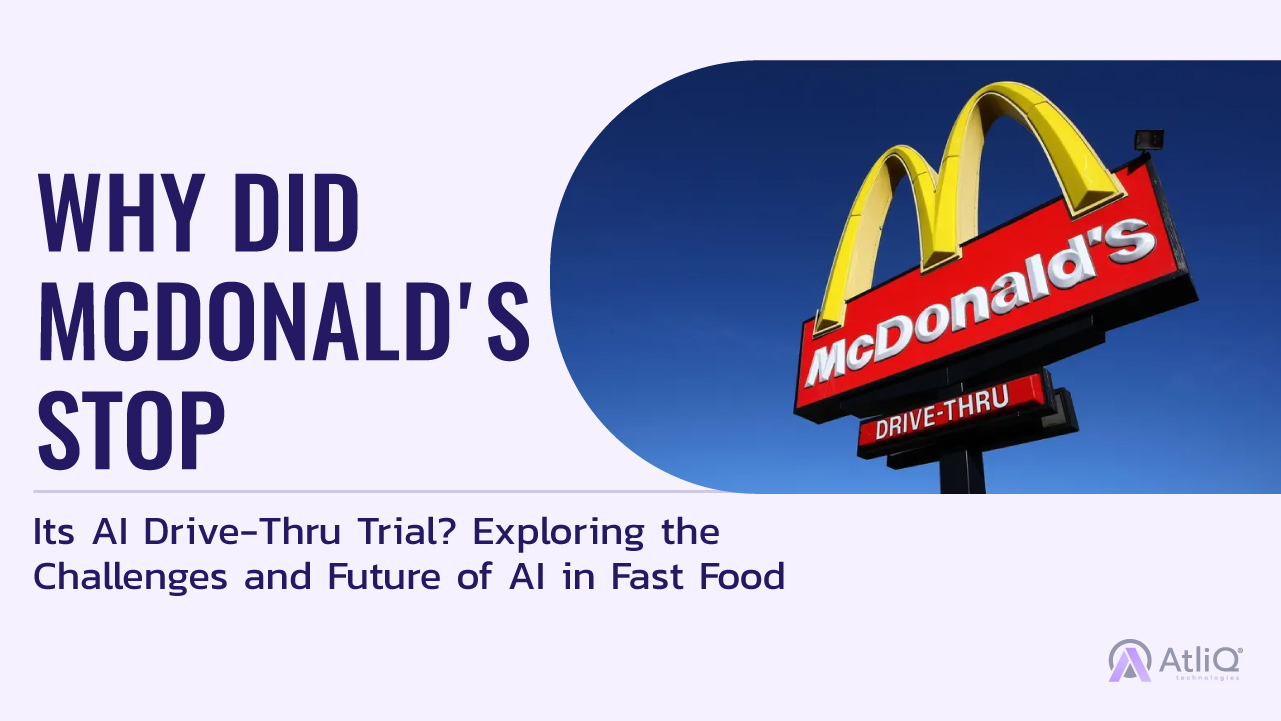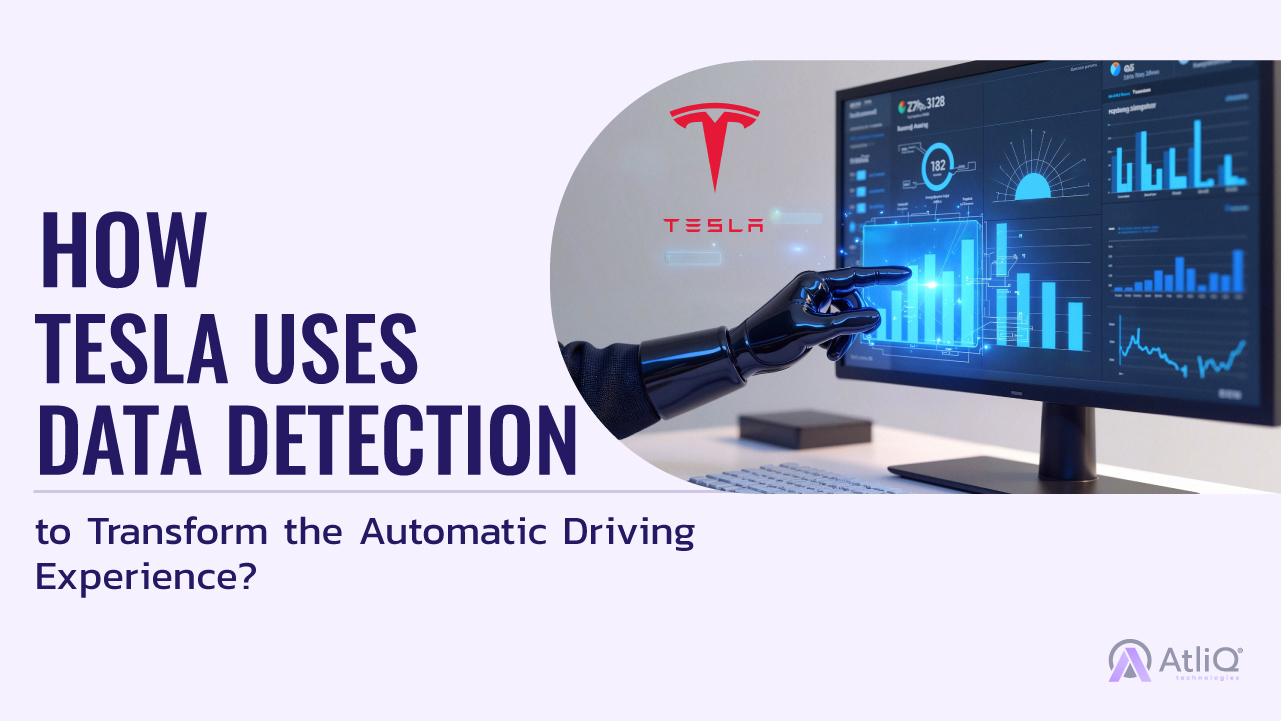
Imagine gliding down the highway, your hands relaxed, as your car effortlessly navigates the road ahead. This is what Tesla has been creating through its revolutionary automatic driving technology. With over 15 billion miles of real-world driving data collected from its fleet, Tesla is redefining what it means to drive. What’s even more impressive? Tesla claims their vehicles are over 10 times safer than the average car on the road. This astounding safety record is no accident; it results from cutting-edge data detection technology that continuously learns and adapts to enhance the driving experience.
Let us explore how Tesla is transforming the future of driving by leveraging data detection. From advanced sensors and real-time processing to machine learning algorithms, we’ll uncover the secrets behind Tesla’s ability to make driving safer, smarter, and more intuitive. Buckle up—let’s dive into the innovations that are shaping the next generation of automotive technology!
Understanding Data Detection in Autonomous Driving
At its core, data detection is the process of collecting and analyzing information from various sources to make informed decisions. In the realm of autonomous driving, this means utilizing an array of sensors, cameras, and algorithms to interpret the vehicle’s surroundings, understand driver behavior, and monitor vehicle performance. It’s the lifeblood of smart driving technology, enabling cars to “see,” “think,” and “act” in real time.
So, why is data detection so crucial for automotive technology? Simply put, the safety and efficiency of autonomous vehicles hinge on their ability to process vast amounts of data instantaneously. The more accurately a vehicle can detect and respond to its environment, the safer and more reliable the driving experience becomes. With Tesla leading the charge, let’s explore the types of data that are instrumental in enhancing automatic driving.
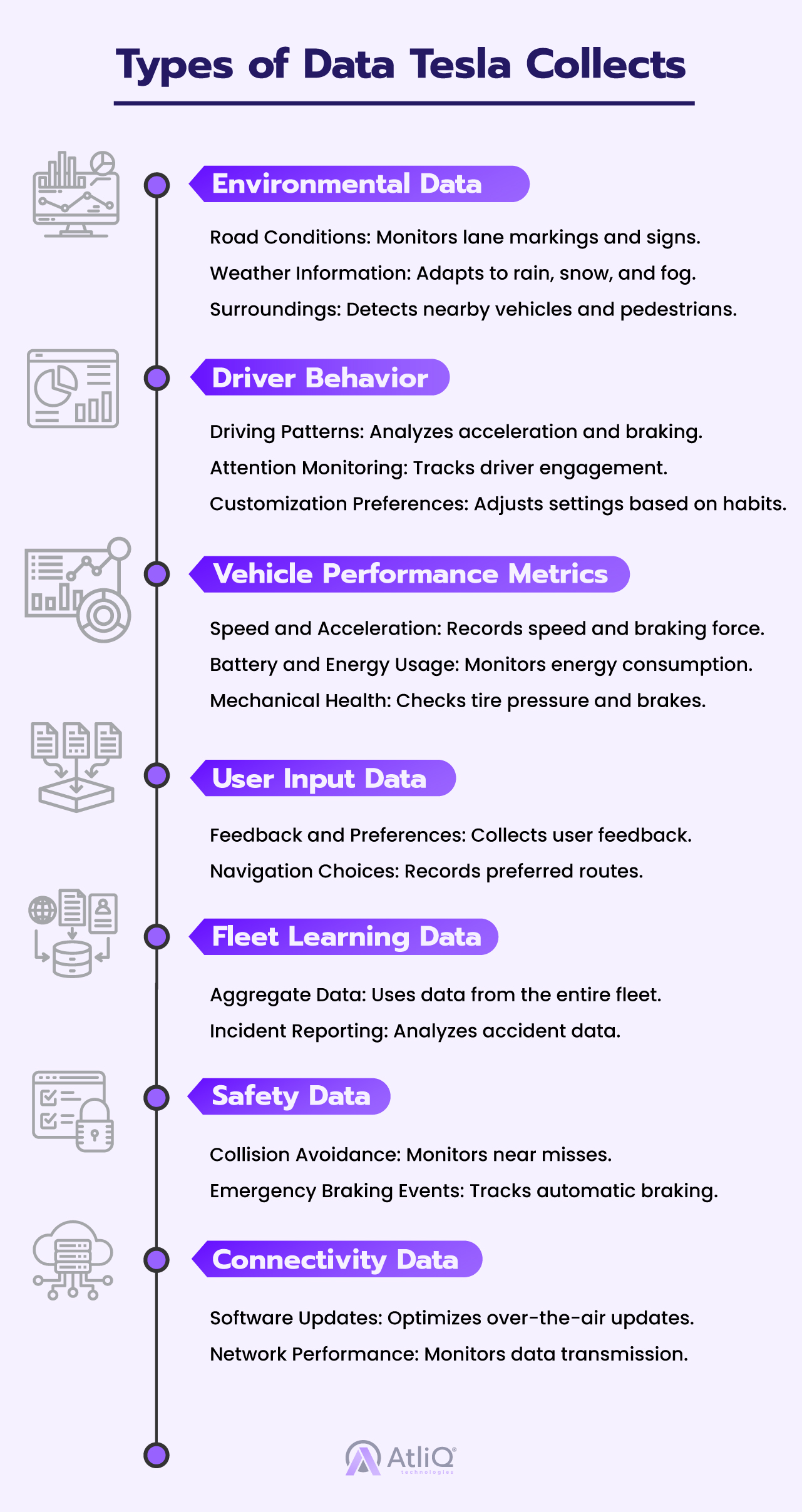
Tesla’s Data Collection Methods
Tesla’s approach to data collection is a blend of cutting-edge hardware and sophisticated software. This combination allows their vehicles to operate autonomously and adapt to real-world conditions.
Sensors and Cameras
Tesla vehicles are equipped with an array of sensors and cameras designed to provide a comprehensive view of the driving environment.
- Cameras: There are up to eight cameras positioned around the vehicle, giving a 360-degree view. These cameras help detect lane markings, traffic signals, pedestrians, and other vehicles.
- Ultrasonic Sensors: Tesla uses these sensors to detect objects close to the vehicle, assisting with parking and low-speed maneuvers.
- Radar: A forward-facing radar unit helps gauge distance to objects ahead, especially in adverse weather conditions. This combination of cameras, ultrasonic sensors, and radar creates a robust system for obstacle detection and navigation.
Real-time Data Processing
Tesla processes data in real-time, allowing vehicles to make instant decisions based on their surroundings.
- On-the-Fly Processing: The onboard computer analyzes data from sensors and cameras as it’s collected. This enables the vehicle to react immediately to changing conditions, such as a sudden stop by a car in front or a pedestrian stepping onto the road.
- Advanced Algorithms: Tesla employs sophisticated machine learning algorithms to interpret data. This means that the vehicle learns and improves from every mile driven, adapting to new scenarios and refining its responses.
Fleet Learning
One of Tesla’s most powerful tools is its ability to learn from its entire fleet of vehicles.
- Data Sharing: Information from each vehicle is shared with Tesla’s central servers. This aggregate data provides insights into driving patterns, common challenges, and effective solutions.
- Continuous Improvement: When one vehicle encounters a new situation—like a unique traffic pattern or an unusual obstacle—it can inform updates for all Tesla vehicles. This fleet learning approach ensures that improvements and new features benefit every driver, enhancing safety and performance across the board.
Through these advanced data collection methods, Tesla not only improves the individual driving experience but also pushes the boundaries of autonomous driving technology. This commitment to innovation positions Tesla as a leader in the automotive industry, continually evolving with every journey.
Key Improvements in Automatic Driving Experience
Tesla’s advancements in automatic driving leverage innovative data detection, significantly enhancing the driving experience:
Enhanced Navigation and Routing
- Real-Time Traffic Updates: Tesla uses live traffic data to optimize routes, helping drivers avoid congestion for faster journeys.
- Dynamic Rerouting: The system can automatically reroute vehicles when better routes become available, adapting in real-time to improve efficiency.
Obstacle Detection and Avoidance
- Real-Time Analysis: Cameras and sensors continuously scan for vehicles, pedestrians, and hazards, allowing for swift responses.
- Predictive Modeling: By analyzing movement patterns, Tesla anticipates actions, enabling proactive safety measures like automatic braking.
Adaptive Cruise Control and Lane Keeping
- Personalized Driving: Adaptive cruise control adjusts speed based on traffic and learns from the driver’s behavior for a customized experience.
- Lane Keeping Assistance: Real-time data helps maintain lane position with subtle steering adjustments, ensuring a smooth ride even in challenging conditions.
Through these enhancements, Tesla sets new standards in safety and convenience, making every journey more enjoyable.
Machine Learning and AI Integration
Tesla’s innovation in automatic driving relies heavily on machine learning and artificial intelligence. These technologies enable the vehicles to analyze data, learn from experiences, and improve decision-making processes.
- Neural Networks: These algorithms mimic human brain functions, enabling the vehicle to recognize patterns and make predictions based on past experiences. This is crucial for tasks like object recognition and lane detection.
- Supervised Learning: Tesla uses labeled datasets to train its models. For example, the system learns to identify pedestrians, vehicles, and road signs by analyzing countless examples.
- Reinforcement Learning: This approach allows the vehicle to learn optimal behaviors through trial and error. By receiving feedback on its actions, the system continuously refines its responses to various driving scenarios.
Examples of AI Improving Decision-Making Processes
AI enhances several key decision-making aspects in Tesla vehicles, leading to safer and more efficient driving.
- Adaptive Traffic Navigation: AI algorithms analyze real-time traffic patterns and historical data to suggest the quickest routes. This reduces travel time and optimizes fuel efficiency.
- Predictive Obstacle Avoidance: By assessing data from past encounters, AI can predict the likelihood of an obstacle entering the vehicle’s path. This allows for quicker reactions, such as automatic braking or evasive maneuvers.
- Enhanced Driver Monitoring: AI systems evaluate driver behavior and engagement. If the vehicle detects signs of distraction or fatigue, it can provide alerts to keep the driver focused.
Through the integration of machine learning and AI, Tesla not only enhances the performance of its automatic driving features but also sets the stage for future advancements. This commitment to intelligent systems ensures a safer, more efficient, and more enjoyable driving experience for all Tesla owners.
User Experience Enhancements
Personalization Based on Driving Patterns and Preferences
- Driving Style Adaptation: The system analyzes acceleration, braking, and steering habits to adjust performance settings. For example, a more aggressive driver may experience sportier handling, while a more cautious driver receives smoother acceleration.
- Customizable Settings: Drivers can set preferences for climate control, seating positions, and infotainment options. The vehicle remembers these settings and automatically adjusts them based on who is driving.
Feedback Mechanisms
- Real-Time Feedback: The system collects data on how users interact with various features. This allows Tesla to identify which functionalities are most popular and which may need improvement.
- Over-the-Air Updates: Based on user feedback, Tesla frequently releases software updates to enhance existing features and introduce new ones. This ensures that the vehicle continues to evolve based on driver needs and preferences.
Safety Improvements
- Reduced Accident Rates: Statistics show that Tesla vehicles experience fewer accidents compared to the national average. The combination of advanced sensors, real-time data processing, and AI decision-making has proven effective in preventing collisions.
- Predictive Safety Features: By analyzing data from past incidents, Tesla can identify patterns that lead to accidents. This allows for the implementation of features like automatic emergency braking and collision warnings, further enhancing safety.
Through these user experience enhancements, Tesla not only creates a more enjoyable driving experience but also prioritizes safety and personalization. This focus on data-driven innovation ensures that every journey is tailored to the driver while significantly reducing risks on the road.
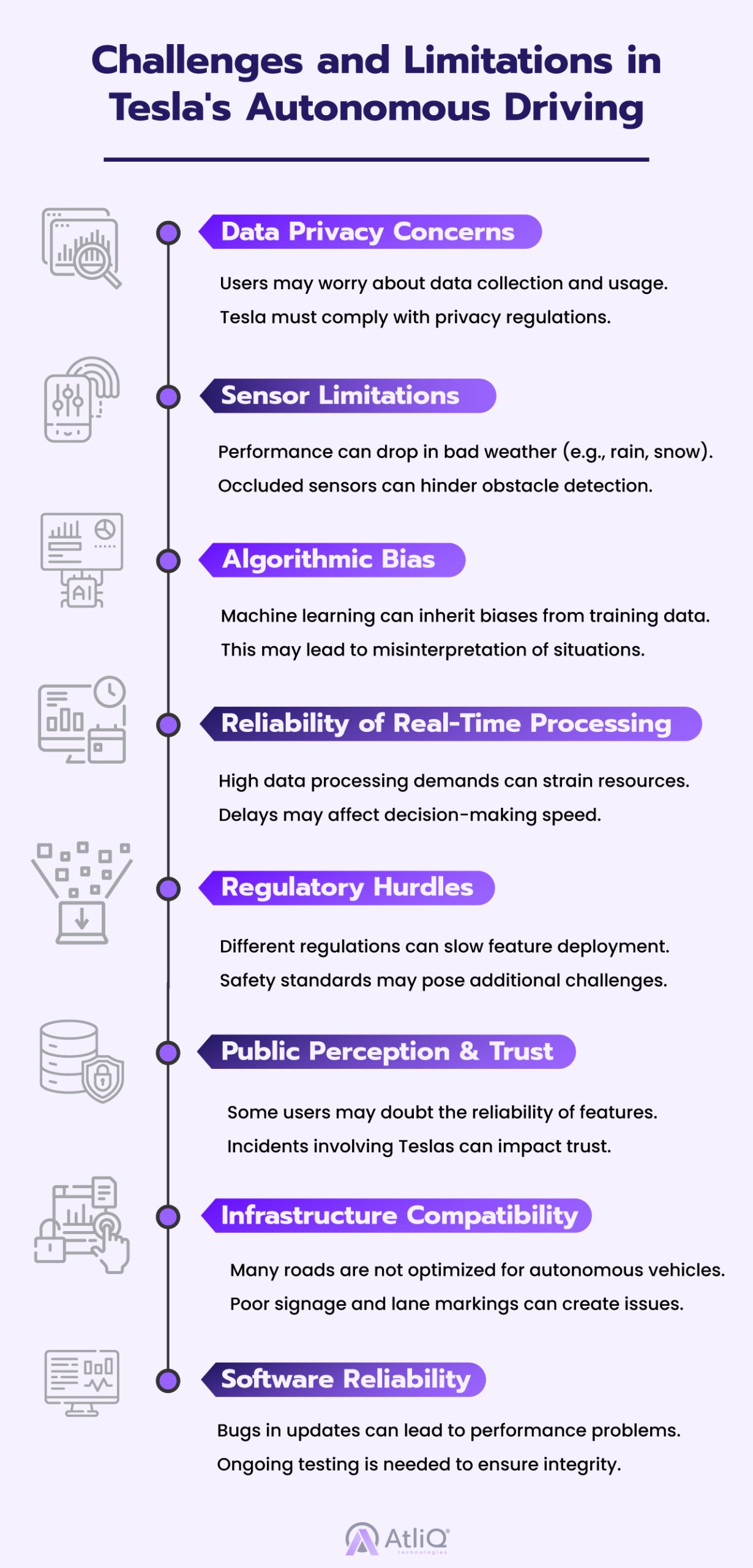
Future Prospects Of Tesla’s Autonomous Driving Using Data Detection
Tesla’s future in autonomous driving looks bright, driven by ongoing innovation in data detection. Here are key predictions and their potential impact on the automotive industry:
- Enhanced AI Algorithms: Expect more sophisticated machine learning models for improved object recognition and decision-making.
- Greater Personalization: Tesla will likely offer tailored driving experiences, adapting to individual user preferences over time.
- Improved Safety Features: Advanced predictive analytics will enhance safety, allowing for quicker hazard detection and prevention.
- V2X Communication: Future models may utilize vehicle-to-everything communication, enhancing interaction with infrastructure and other vehicles.
- Global Fleet Learning: Insights from Tesla’s expanding fleet will drive real-time updates and continuous improvements.
- Raising Standards: Tesla’s innovations could set new benchmarks for safety and efficiency, compelling competitors to adapt.
- Accelerating Adoption: Advancements may speed up the industry-wide embrace of autonomous technology.
- Shifting Market Dynamics: Data-driven strategies will become essential for automakers to remain competitive.
- Focus on Sustainability: Tesla’s emphasis on efficiency may inspire broader industry shifts towards sustainable practices.
- Increased Collaboration: We may see more partnerships between tech firms and automakers, driving further innovation.
In summary, Tesla’s focus on data detection not only shapes its future but also has the potential to transform the entire automotive landscape, leading to smarter and safer vehicles.
Tesla’s commitment to enhancing the automatic driving experience through data detection has set a new standard in the automotive industry. By leveraging advanced sensors, real-time data processing, and innovative machine learning algorithms, Tesla not only improves navigation, obstacle detection, and driving comfort but also prioritizes safety and personalization. The insights gained from their vast fleet enable continuous learning and adaptation, ensuring that each vehicle becomes smarter over time.
As Tesla continues to push the boundaries of technology, the implications extend beyond the company itself, influencing industry practices and consumer expectations. With a focus on innovation and data-driven enhancements, Tesla is not just reshaping the way we drive but is also paving the way for a safer, more efficient future in transportation. As we look ahead, it’s clear that data detection will play a crucial role in the evolution of autonomous driving, making every journey more intuitive and enjoyable.
Tesla isn’t just driving us forward; it’s driving us smarter!!
